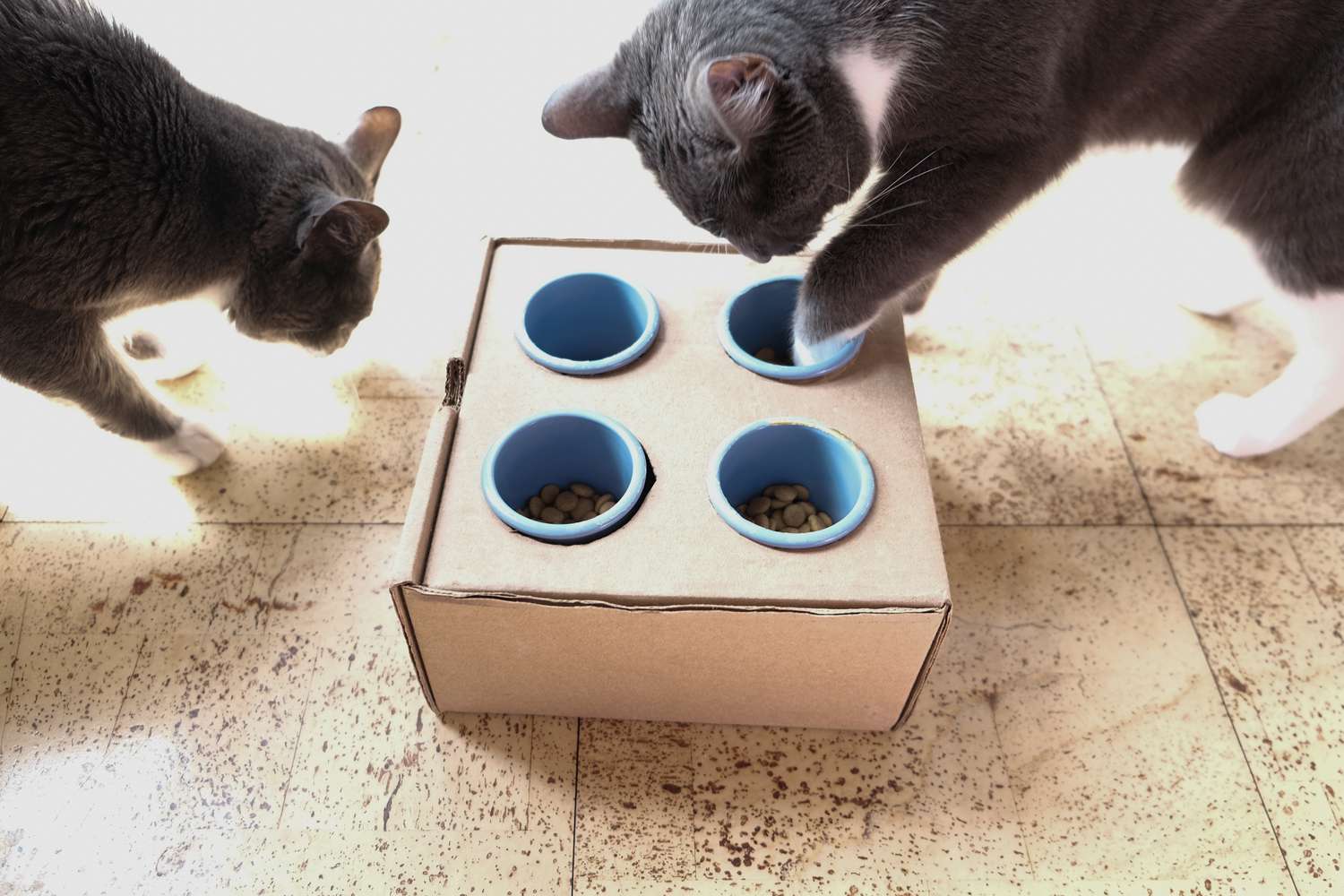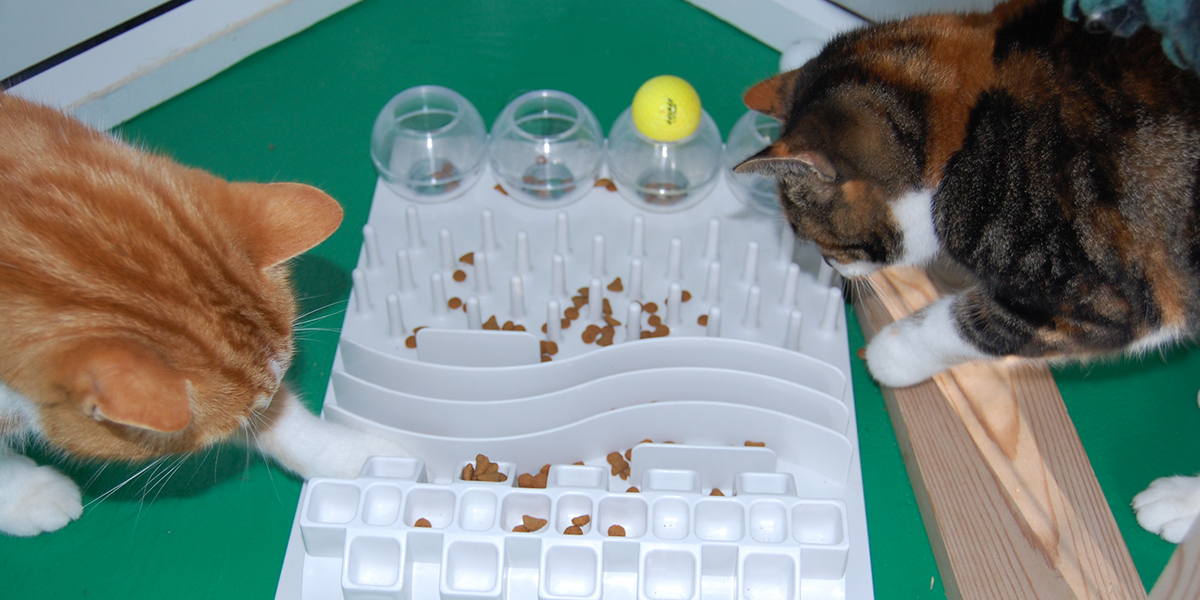0
Have you ever watched your feline friend curiously poke around their food bowl or toy with a piece of kibble? This instinctive behavior is the foundation of what we call a “food puzzle.” A food puzzle is essentially a toy that combines play with feeding. It requires cats to use their natural hunting instincts to manipulate the toy in order to access their food or treats. These puzzles come in various shapes and sizes, ranging from simple balls with holes for treats to more complex contraptions that challenge your cat’s intelligence and dexterity.
B. Benefits of Food Puzzles for Cats
- Mental Stimulation: Just like humans, cats need mental stimulation to stay healthy and happy. Food puzzles tap into their natural hunting instincts, providing a satisfying brain workout. This mental exercise can help reduce boredom and associated negative behaviors, like excessive grooming or scratching.
- Physical Activity: Food puzzles often require batting, pawing, or rolling to release the food. This encourages cats to move more, turning mealtime into a fun and interactive physical activity. It’s especially beneficial for indoor cats, who may not get as much exercise as their outdoor counterparts.
- Slower Eating: Cats who gobble down their food too quickly can suffer from digestive issues. Food puzzles slow down the eating process, helping prevent problems like vomiting and bloating. It also aids in weight management by making each meal last longer, thus reducing the likelihood of overeating.


